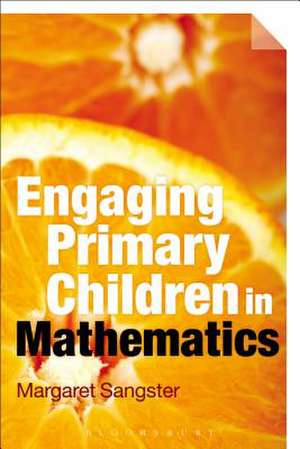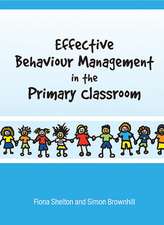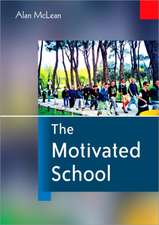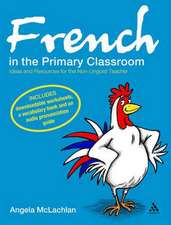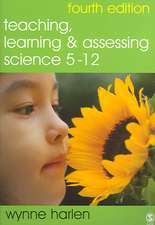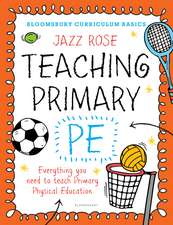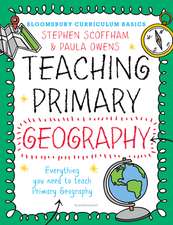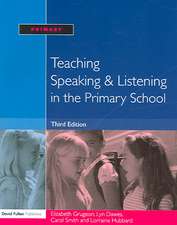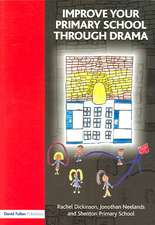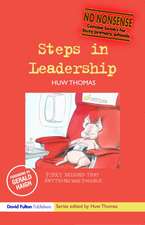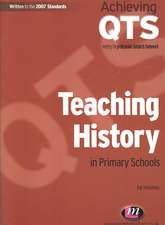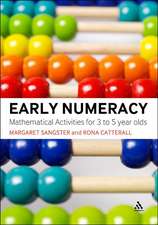Engaging Primary Children in Mathematics
Autor Margaret Sangsteren Limba Engleză Paperback – 24 feb 2016
| Toate formatele și edițiile | Preț | Express |
|---|---|---|
| Paperback (1) | 184.59 lei 6-8 săpt. | |
| Bloomsbury Publishing – 24 feb 2016 | 184.59 lei 6-8 săpt. | |
| Hardback (1) | 239.91 lei 6-8 săpt. | |
| Bloomsbury Publishing – 24 feb 2016 | 239.91 lei 6-8 săpt. |
Preț: 184.59 lei
Preț vechi: 214.31 lei
-14% Nou
Puncte Express: 277
Preț estimativ în valută:
35.32€ • 36.97$ • 29.40£
35.32€ • 36.97$ • 29.40£
Carte tipărită la comandă
Livrare economică 31 martie-14 aprilie
Preluare comenzi: 021 569.72.76
Specificații
ISBN-13: 9781472580269
ISBN-10: 1472580265
Pagini: 176
Ilustrații: 10 bw illus
Dimensiuni: 156 x 234 x 13 mm
Greutate: 0.32 kg
Editura: Bloomsbury Publishing
Colecția Bloomsbury Academic
Locul publicării:London, United Kingdom
ISBN-10: 1472580265
Pagini: 176
Ilustrații: 10 bw illus
Dimensiuni: 156 x 234 x 13 mm
Greutate: 0.32 kg
Editura: Bloomsbury Publishing
Colecția Bloomsbury Academic
Locul publicării:London, United Kingdom
Caracteristici
Essential reading for trainee primary teachers and for practitioners looking to develop their practice
Notă biografică
Margaret Sangster was formerly Principal Lecturer and Programme Director of the BA (Hons) in Primary Education at Canterbury Christ Church University, UK. She worked for many years as a primary teacher, and as a mathematics advisory teacher before moving to Higher Education. She is the editor of Developing Teacher Expertise (Bloomsbury, 2012) and Challenging Perceptions in Primary Education (Bloomsbury, 2015), and author of several books on mathematics, primary and secondary teaching.
Cuprins
Introduction1. How children learn mathematics2. The teacher promoting mathematical learning3. Ways of presenting the content of the primary school curriculum4. Children's progress and achievement5. SummaryReferencesIndex
Recenzii
The book takes an interesting approach drawing together many accepted approaches to teaching mathematics with some new insights. Though there is still some question about the direct role neuroscience can play in informing practice, it is important to engage with this growing influence on thinking about learning. It is also good to see calculators being rescued from the bad press around their use. The issues addressed in each chapter will provide good discussion points for our intending teachers.
